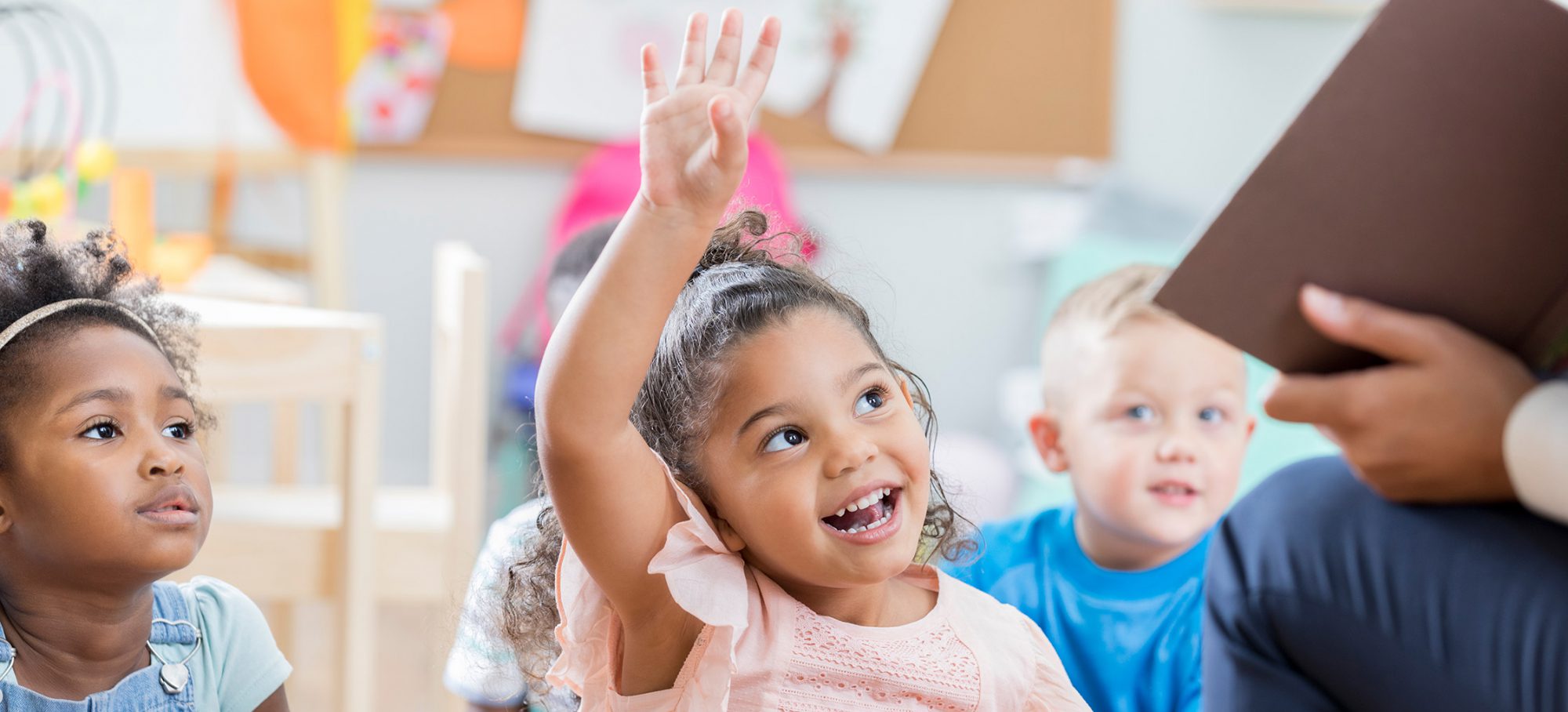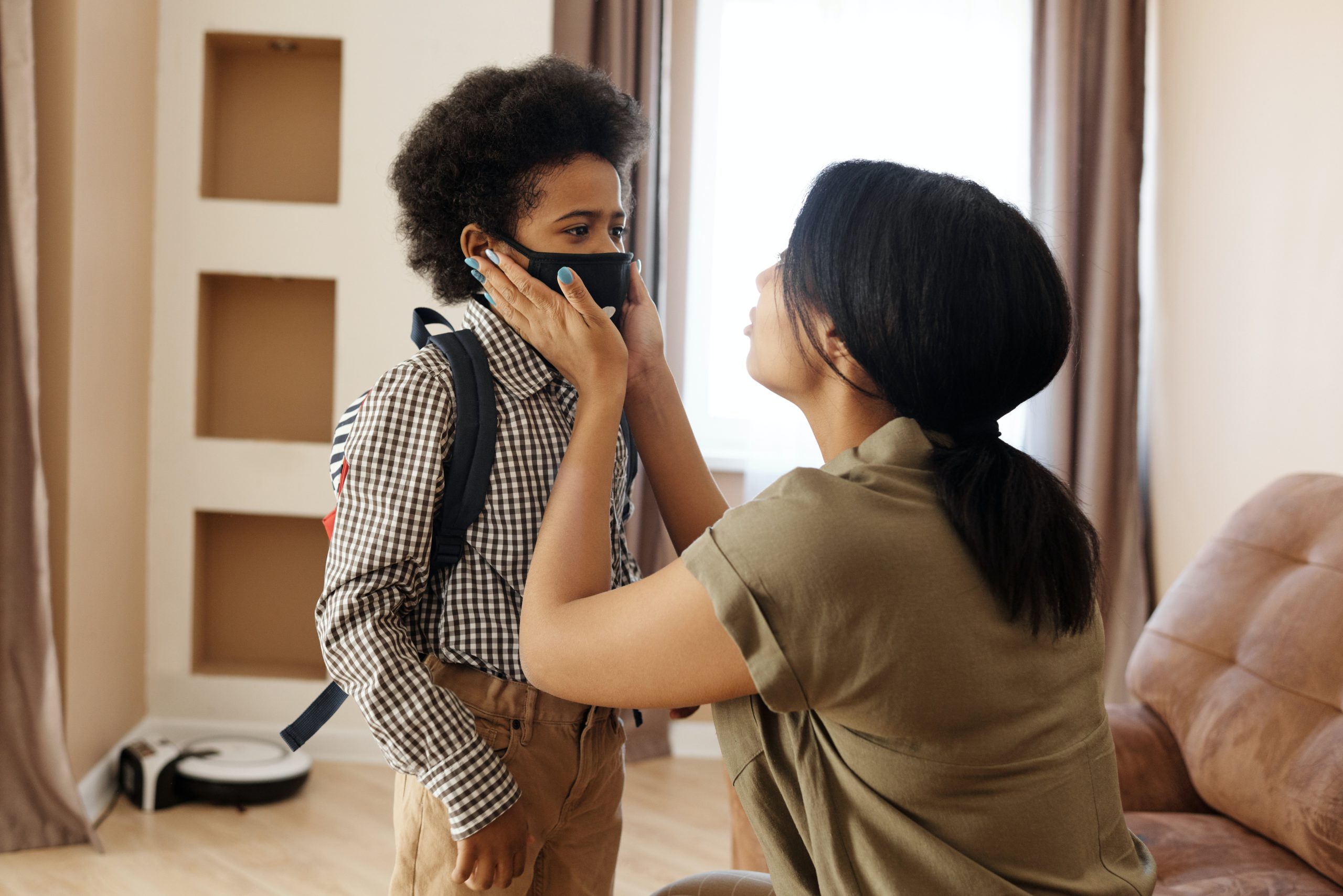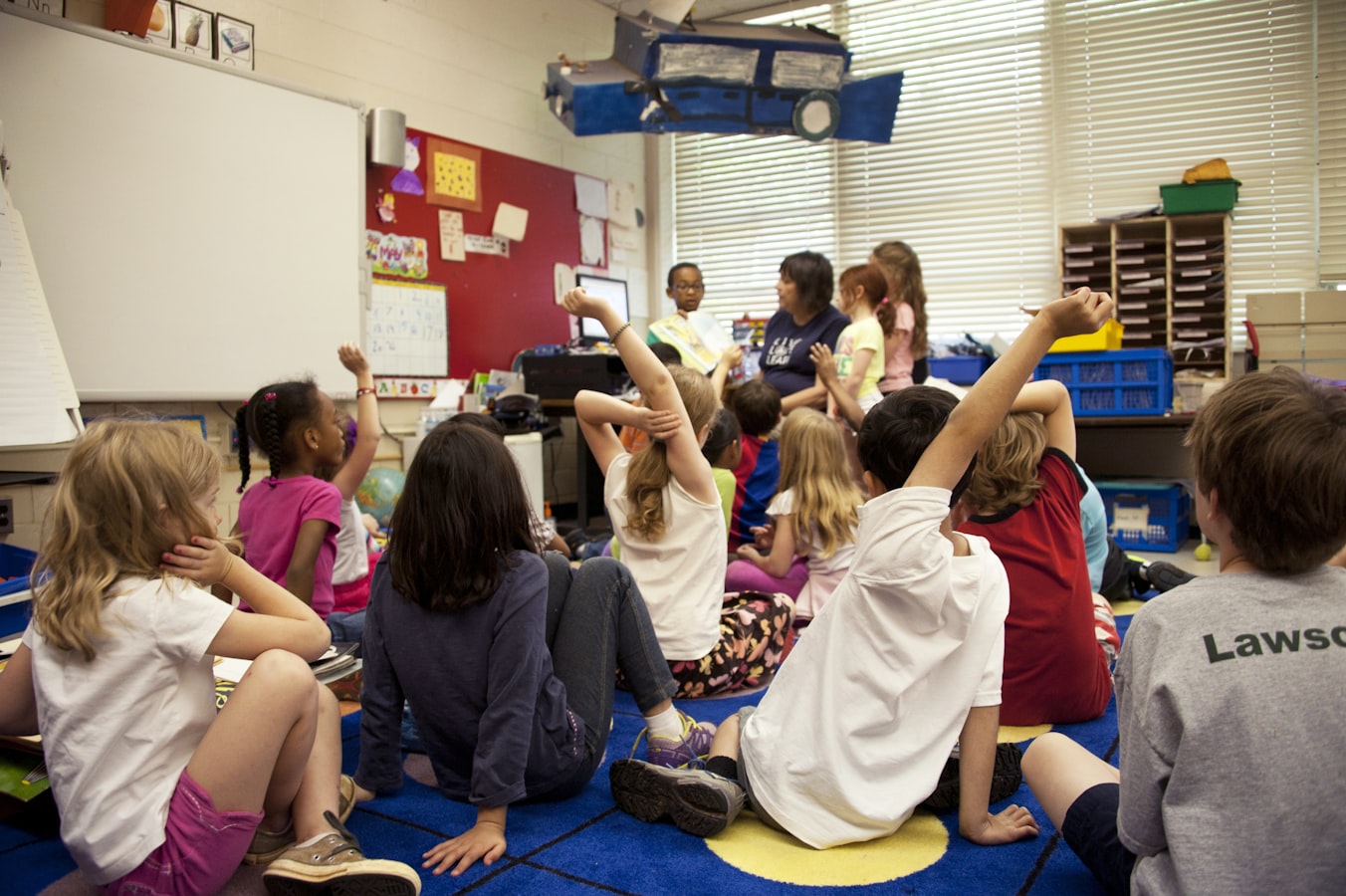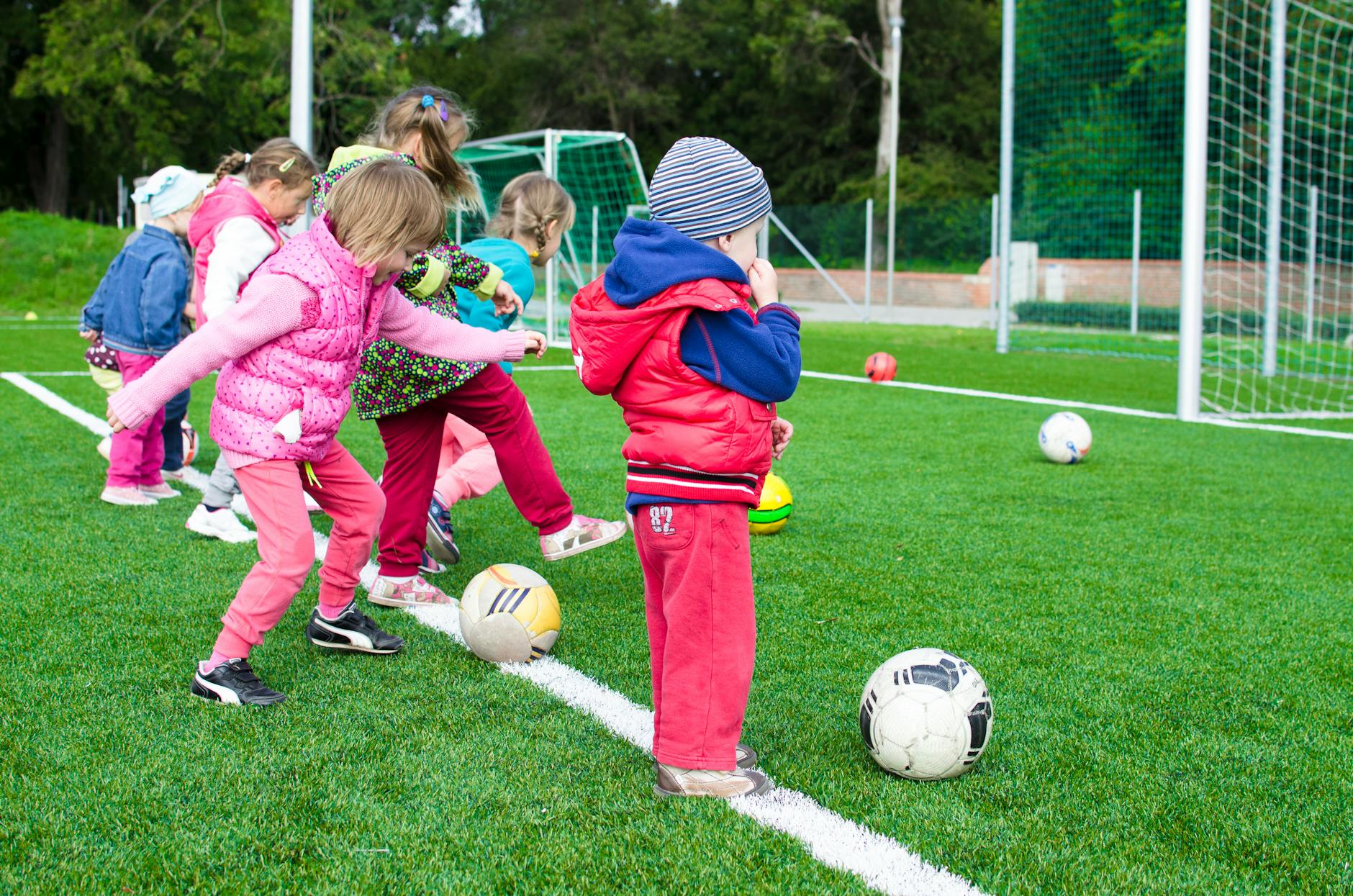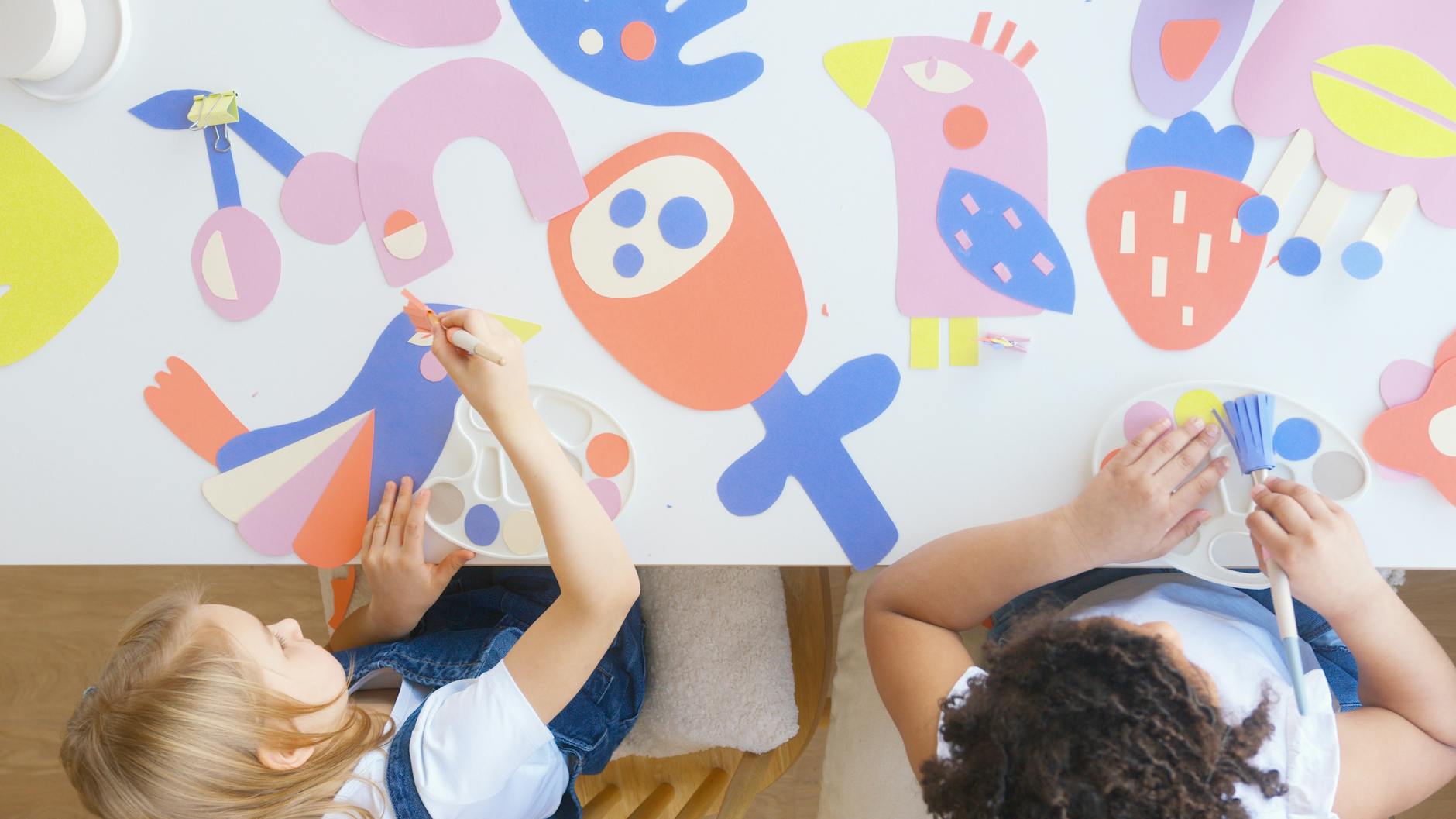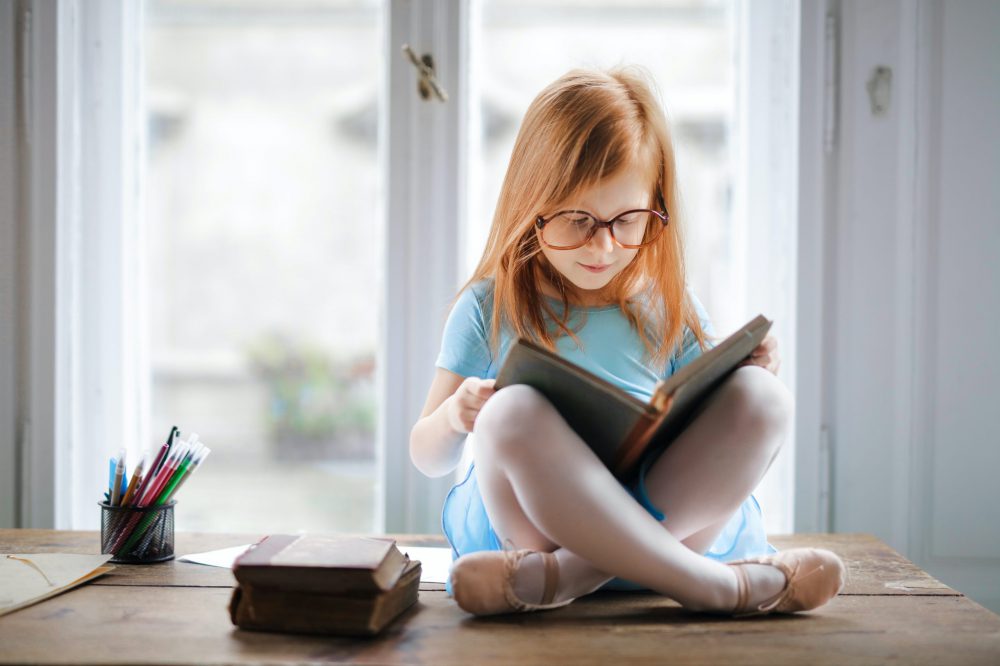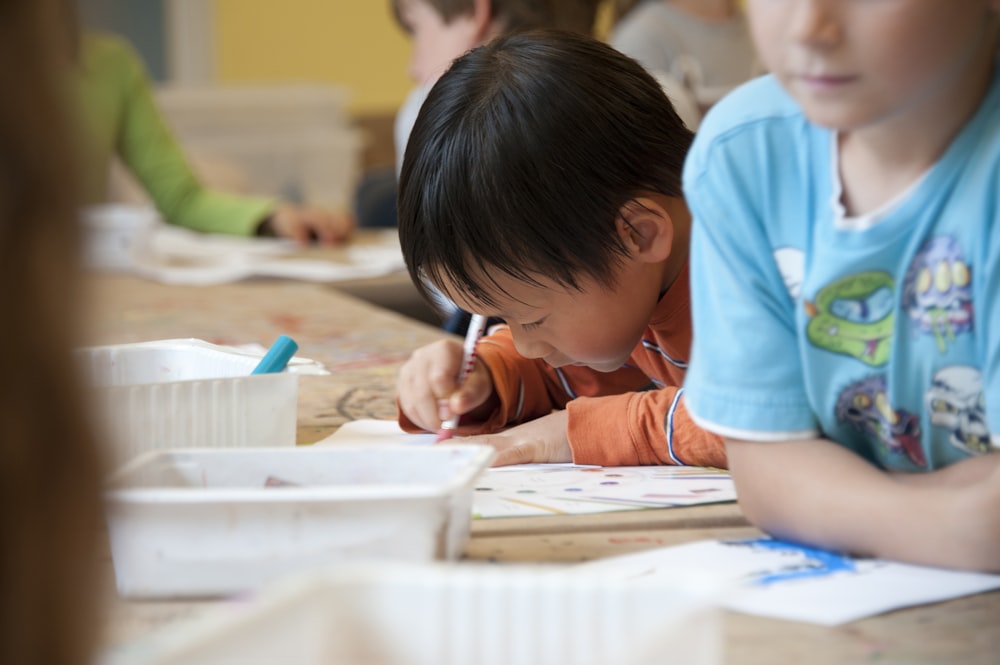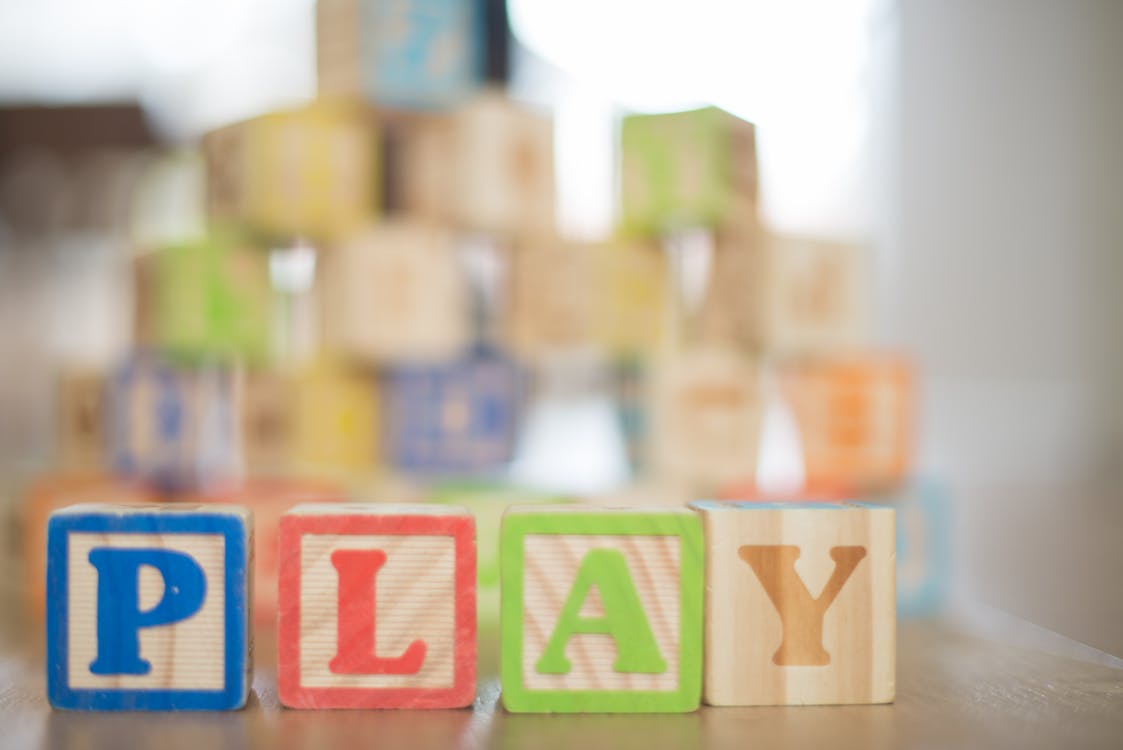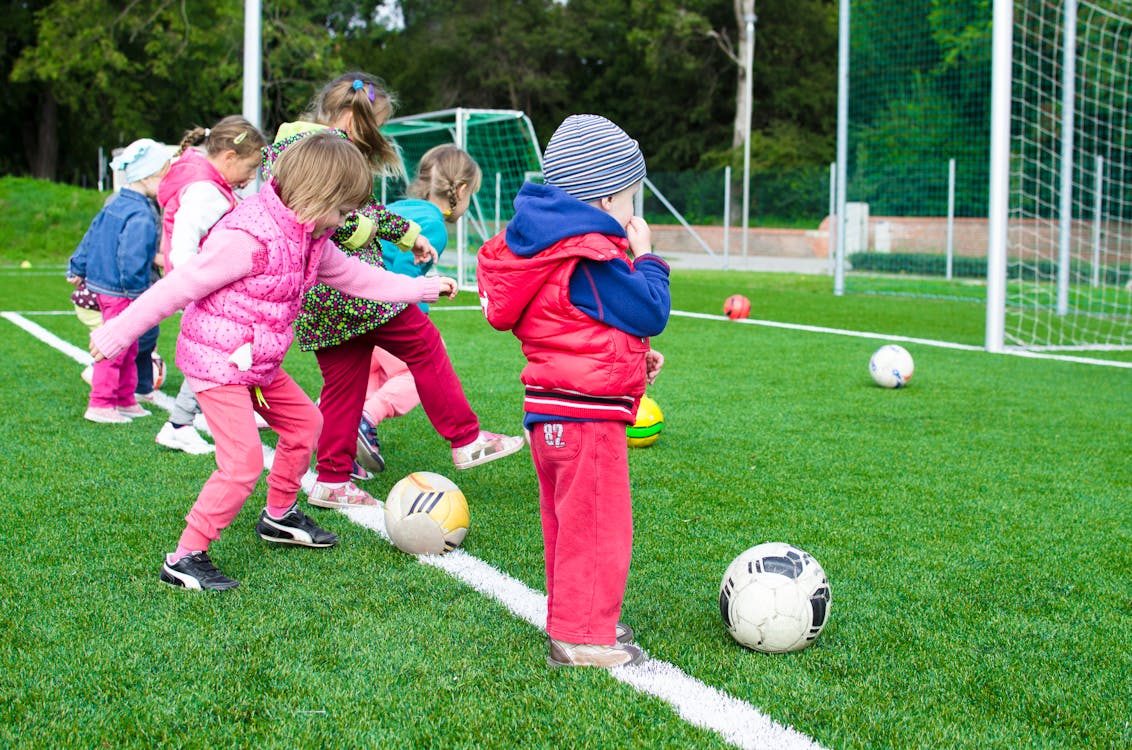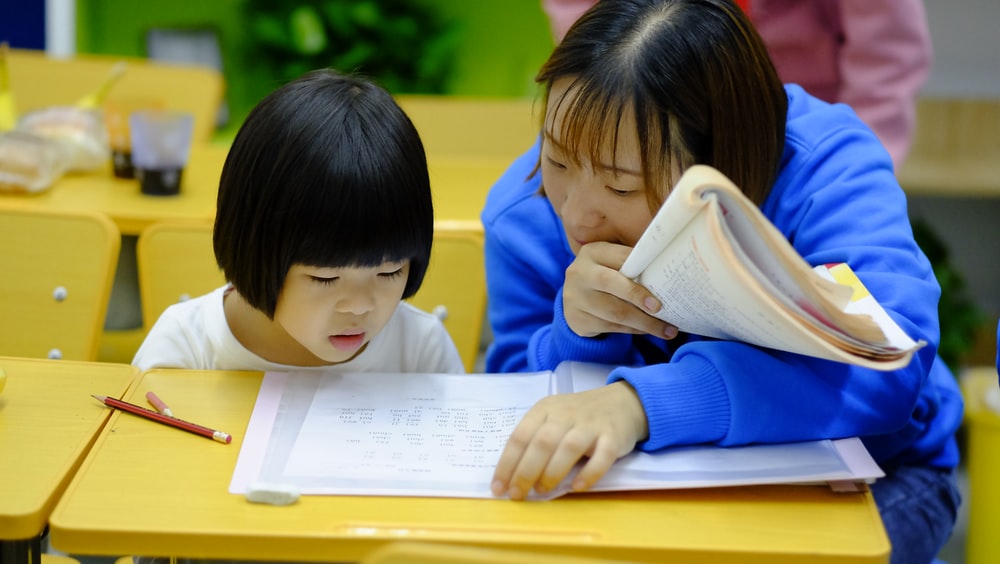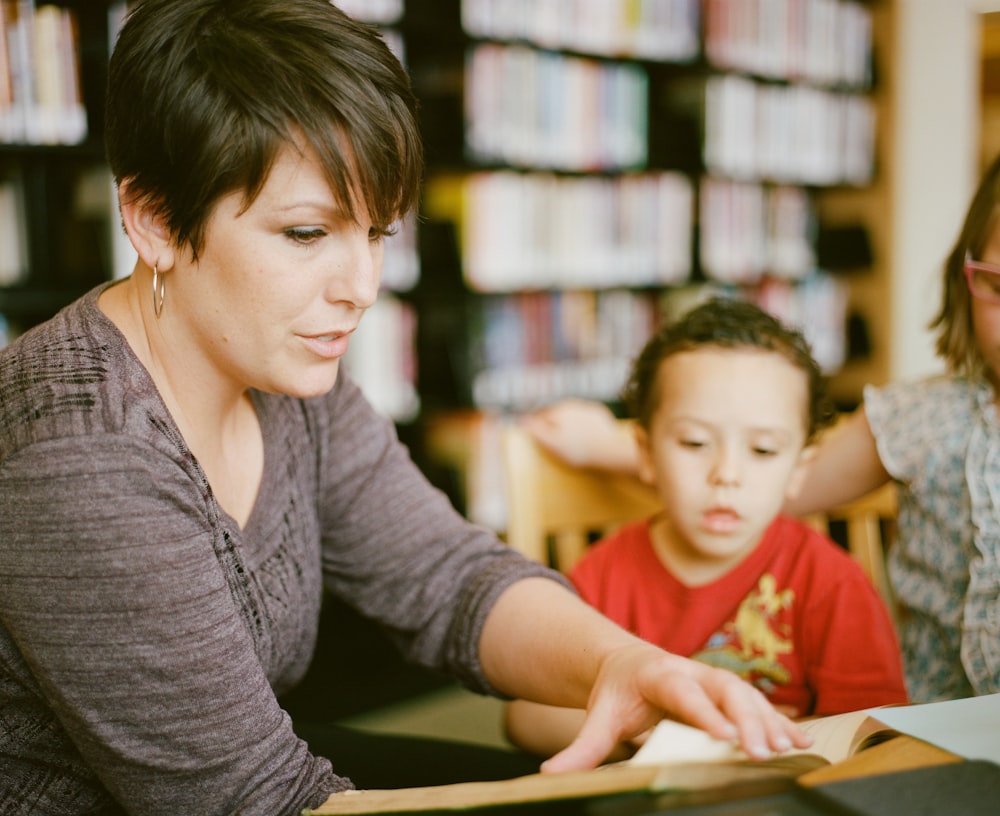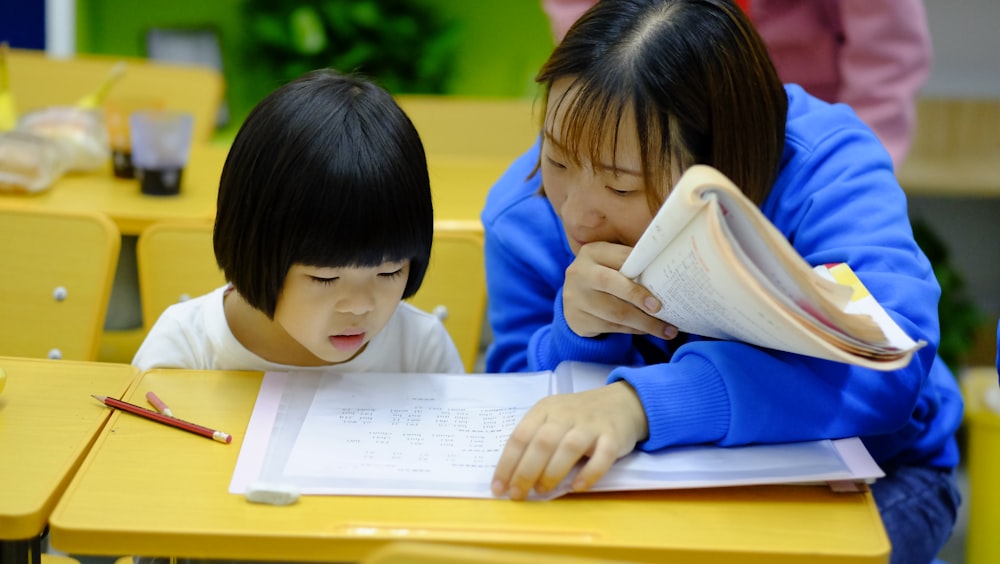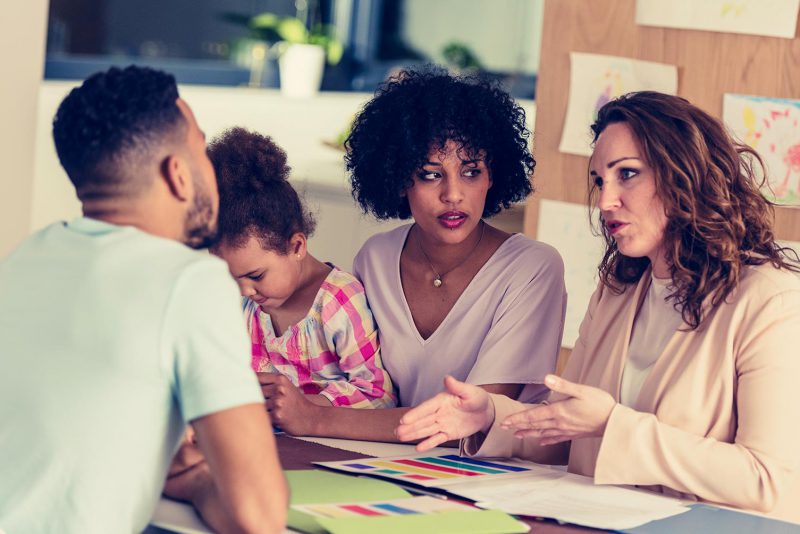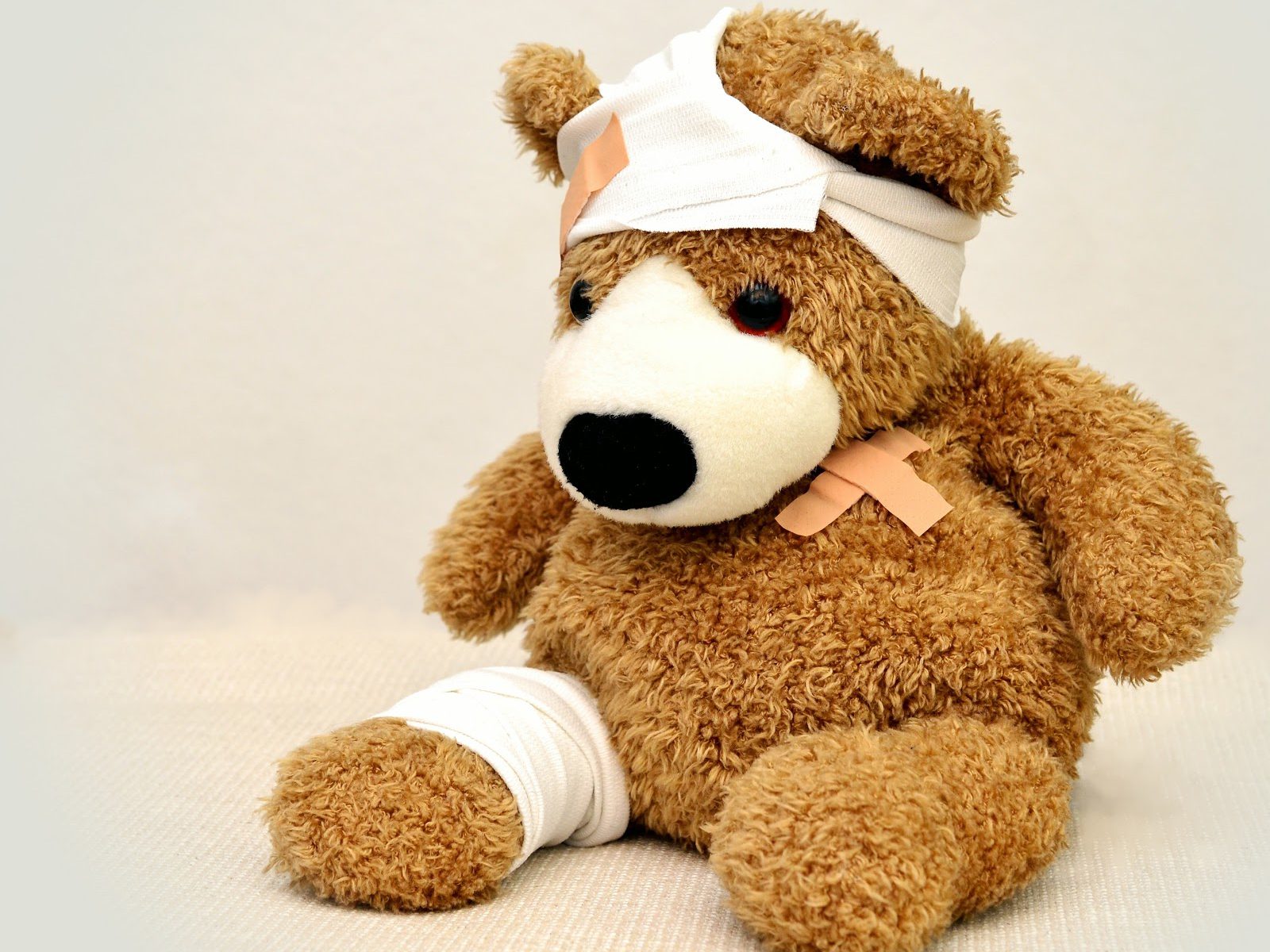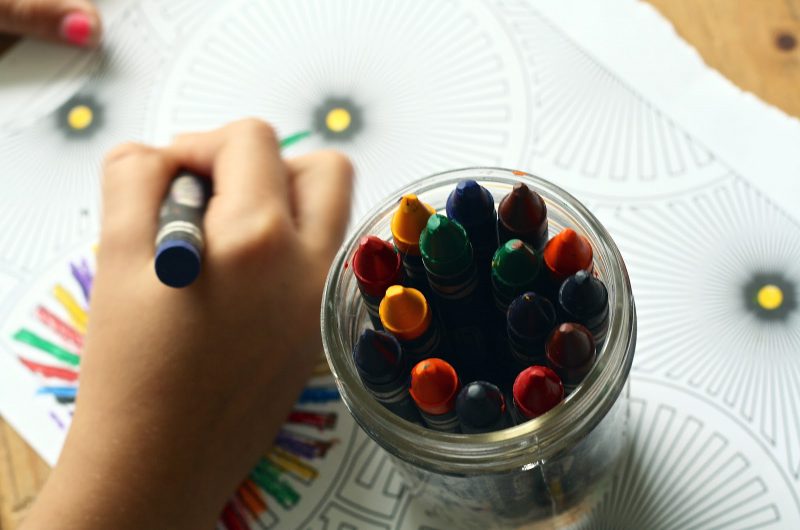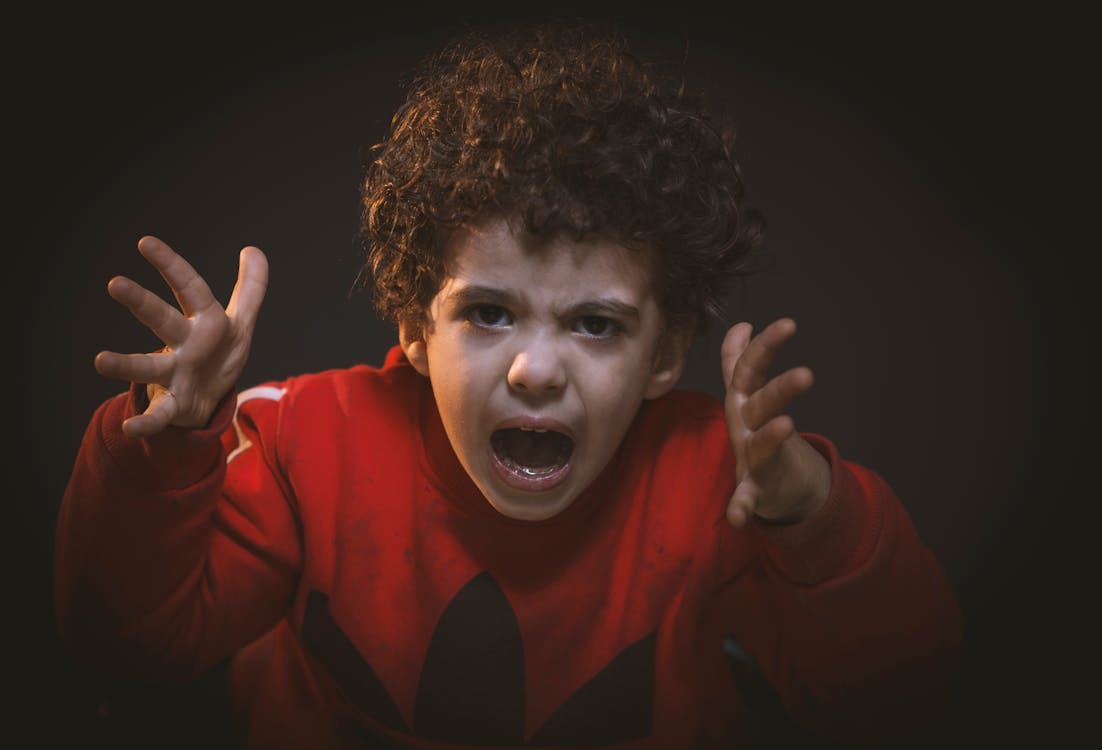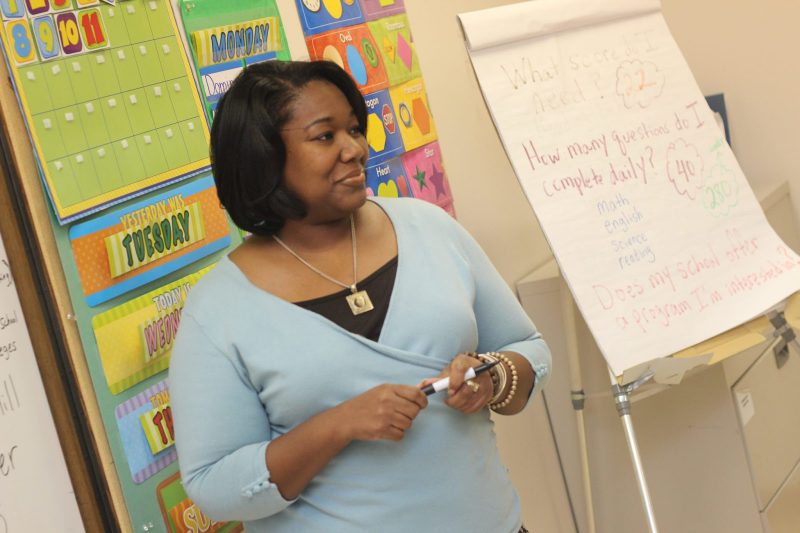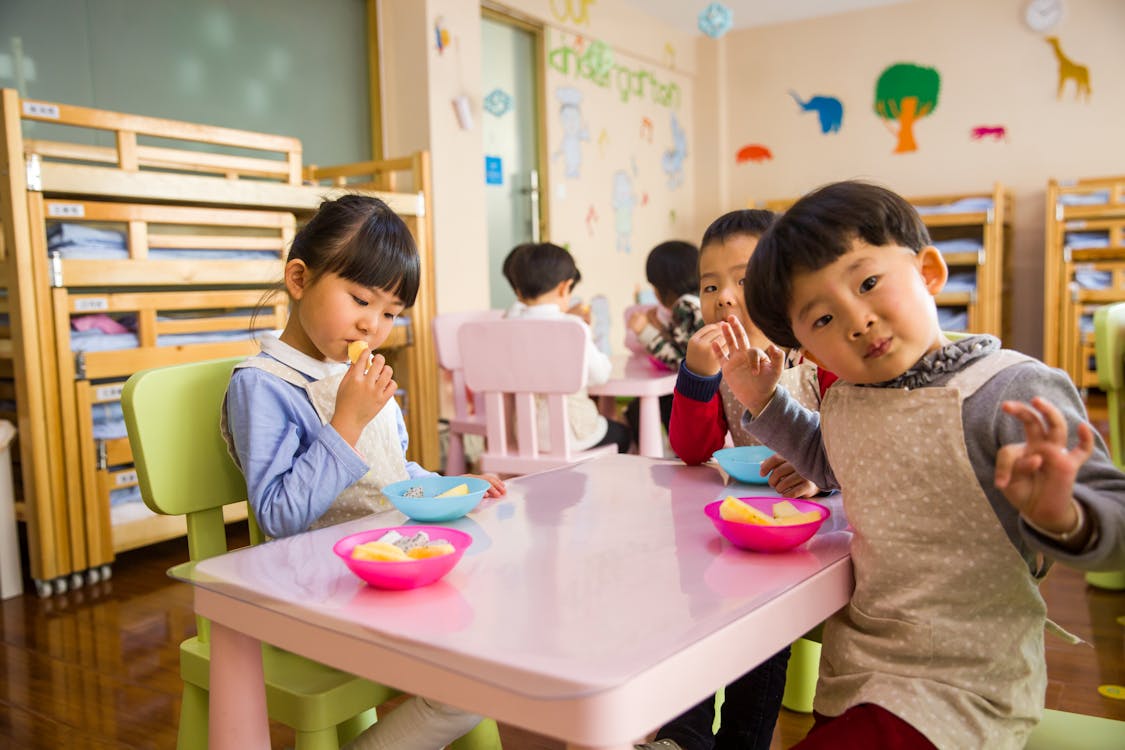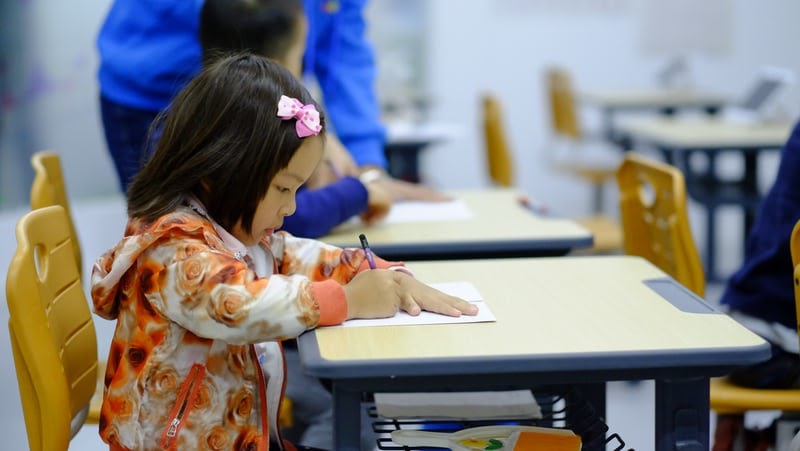COVID-19 has brought about new challenges for schools around the world. Preschools, which were once centers of socialization and collaboration for children, have had to adapt their classrooms for the safety and health of students and faculty.
Many parents have questioned, “What should the classroom look like in the era of COVID-19?”
To learn more about pre-k classrooms during the pandemic, we spoke to two early childhood educators who have led their preschool’s through the changes. Susie Demarest is the Director of the Early Childhood Campus of Headwaters School in Austin, Texas. Stan Way is the Head of Early Learning at The Awty International School in Houston, Texas.

Guidelines for Preschool Class Sizes in COVID-19
Throughout the pandemic, the Center for Diseases Control and Prevention has provided strategies that early childhood education providers can use to maintain a healthy environment and limit the transmission of COVID-19.
Within the guidelines, the CDC recommends limiting group sizes when possible, but acknowledges that the number of students and groups can vary depending on the type of program. They also recommend that all schools make efforts to keep everyone safe with procedures like:
- Routine cleaning: Schools should increase the frequency of cleaning in the classroom, especially when it comes to high-touch surfaces and high-traffic areas.
- Socially-distanced classroom arrangements: Schools should make efforts to separate children in the classroom when possible. Additionally, classes should limit their interactions with other classes or cohorts of students.
- Ventilation in buildings: When feasible, schools should open windows and doors to bring in air from the outside.
Keep in mind that COVID-19 guidelines have varied across the federal, state, and local levels, and might be different where you live. CDC guidelines are meant to be used in conjunction with directives from these other entities.
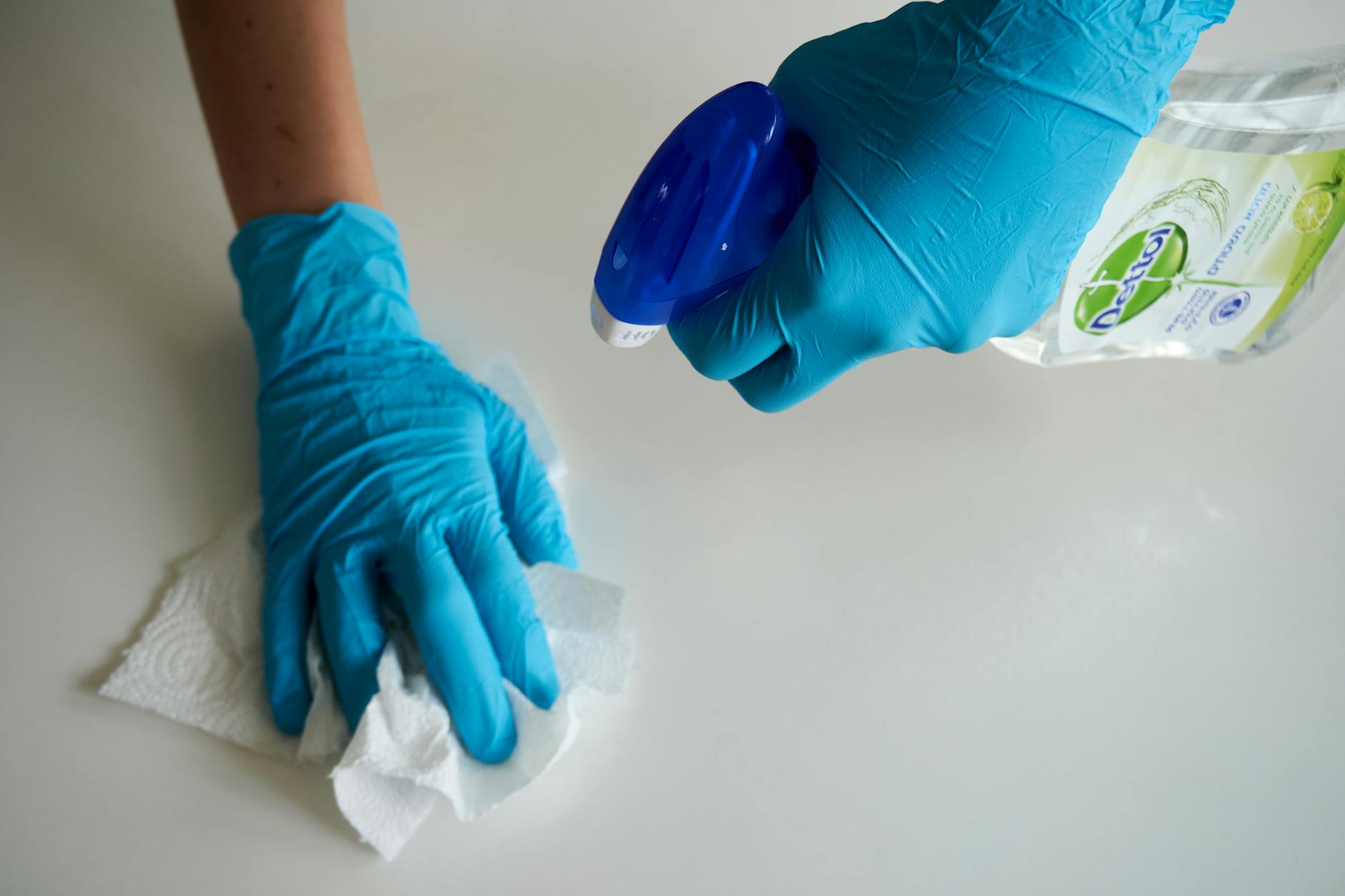
Common Changes in the Preschool Classroom Due to COVID-19
One of the biggest problems that many schools have faced is the need for space.
“The very first question that was on our plate for the opening of August 2020 was how much space is in the room,” Way explains. Each child needs at least six feet of space in order to socially distance, but for some schools, finding the extra room can be a challenge.
Luckily, for Awty International School, their classrooms could accommodate the adjustment. “What that has meant for us is that we’ve had to remove furniture so that we can maximize children spreading out.”
There are numerous solutions that educators have come up with to ensure the safety of children who are attending in-person classes. Many preschools have added new features like clear plastic barriers between desks to limit interactions that can spread germs. Tape or stickers on floors may outline where children can be at a given time or show them where to walk.
Desk and table layouts have changed in many classrooms rooms. Instead of kids being grouped together at one table, individual desks are being utilized. Rather than have students face each other, some schools are rearranging desks in rows facing the same direction.
You may even see schools utilizing outdoor opportunities more during this time. “We have outdoor learning spaces for every classroom,” Demarest says about Headwaters School. “We have used them alot for this year to help spread people out.”
Evaluating Your Child’s Quality of Learning in the Era of COVID-19
Aside from the health and wellbeing of their child, another big concern amongst preschool parents is the quality of their child’s learning during this time.
“There’s more of a concern when they are online,” Demarest says. “When they’re face to face, they’re getting that social and emotional growth and opportunity for conflict resolution.”
Way agrees that online learning is particularly difficult for young children. “The active learning, the hands-on work, the socialization where they practice language does not automatically lend itself to a good online experience. It’s much more challenging.”
The good news is that as at-home online learning is beginning to phase out, there’s less for parents to worry about. Still, if your child’s school has not yet returned to in-person classes or you are opting to stay at home, Demarest and Way shared a few tips about how you can help them.
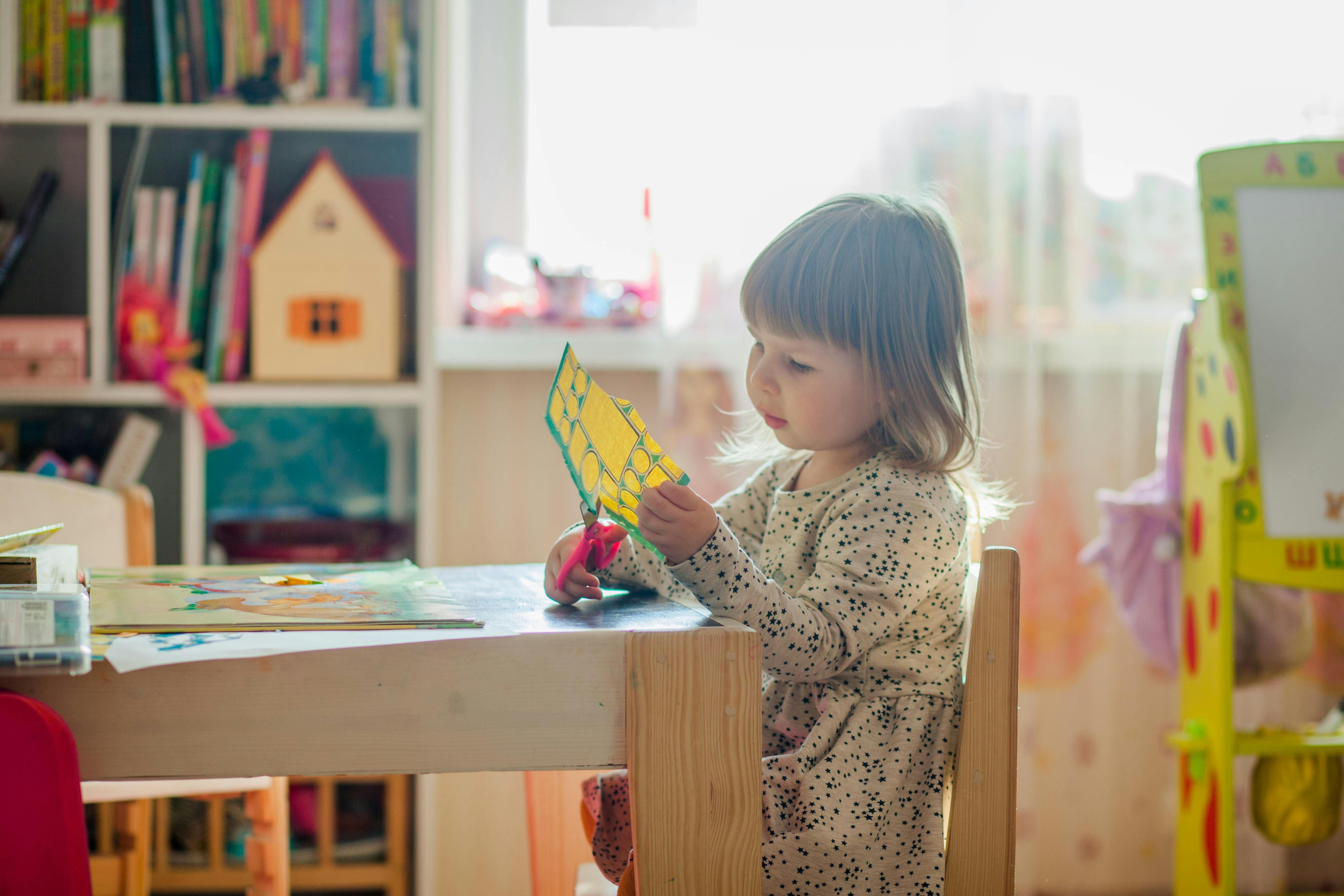
Helping Your Preschooler Learn from Home
For preschoolers, learning from home does not necessarily mean spending all day in front of a computer. Likely, your student will have several Zoom sessions throughout the day paired with assignments to be completed independently or with a parent. Here’s how you can help.
Keep Track of Their Progress
One of the most important things that parents can do as their preschooler learns at home is follow along with their progress. Start by making sure you have a good understanding of what, exactly, your child should be learning about throughout the year.
“For example, we always have a curriculum night in September and provide parents with documents saying, here are the units and here are the topics we’ll be covering,” Way explains.
You can use information like that to check that your child is understanding and retaining what they’re learning in class. It’s also important that you are in communication with your child’s teachers. Respond to emails, help your child turn in assignments, and let them know if you have any concerns.
Check-In with Your Child
Demarest recommends checking in with your child to see how they are reacting to everything happening around them.
Many kids have been at home for going on a year now, with limited social interaction. As they begin to ease back into in-person interactions and learning, ask them questions to gauge how they are acclimating. Be prepared to ease any fears regarding COVID-19 or going back to school.
Conclusion
Across the United States, preschools are taking precautions to ensure the safety of their students and faculty. Although you may see smaller class sizes, schools have adapted in other ways with procedures like desk arrangements and social distancing. As a parent, the most important thing you can do during this time to ensure your child is still learning is simply staying involved.
